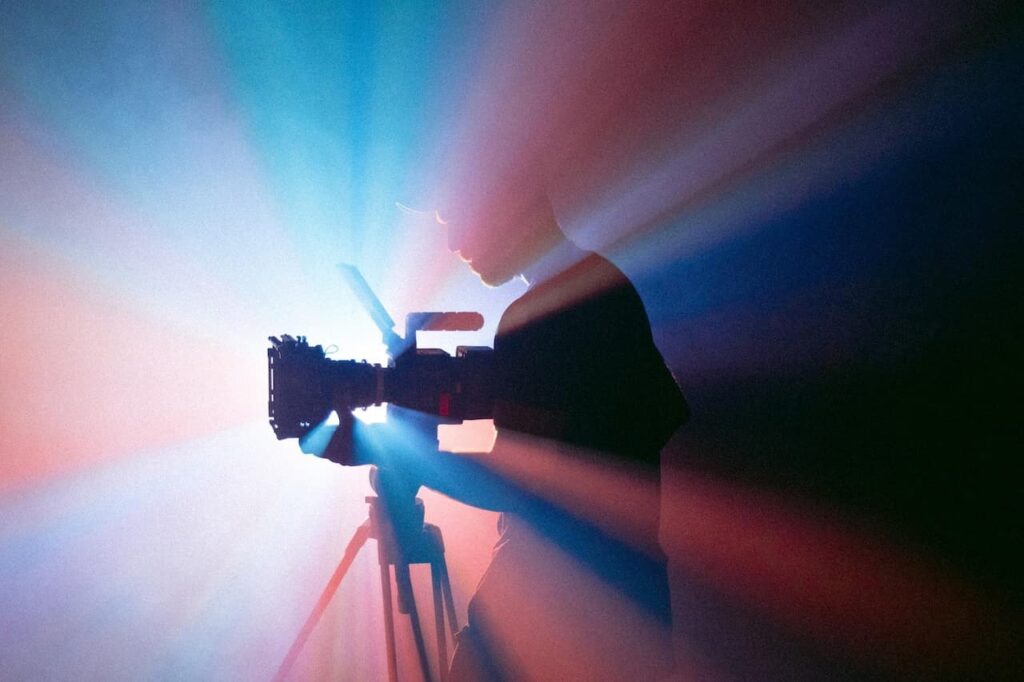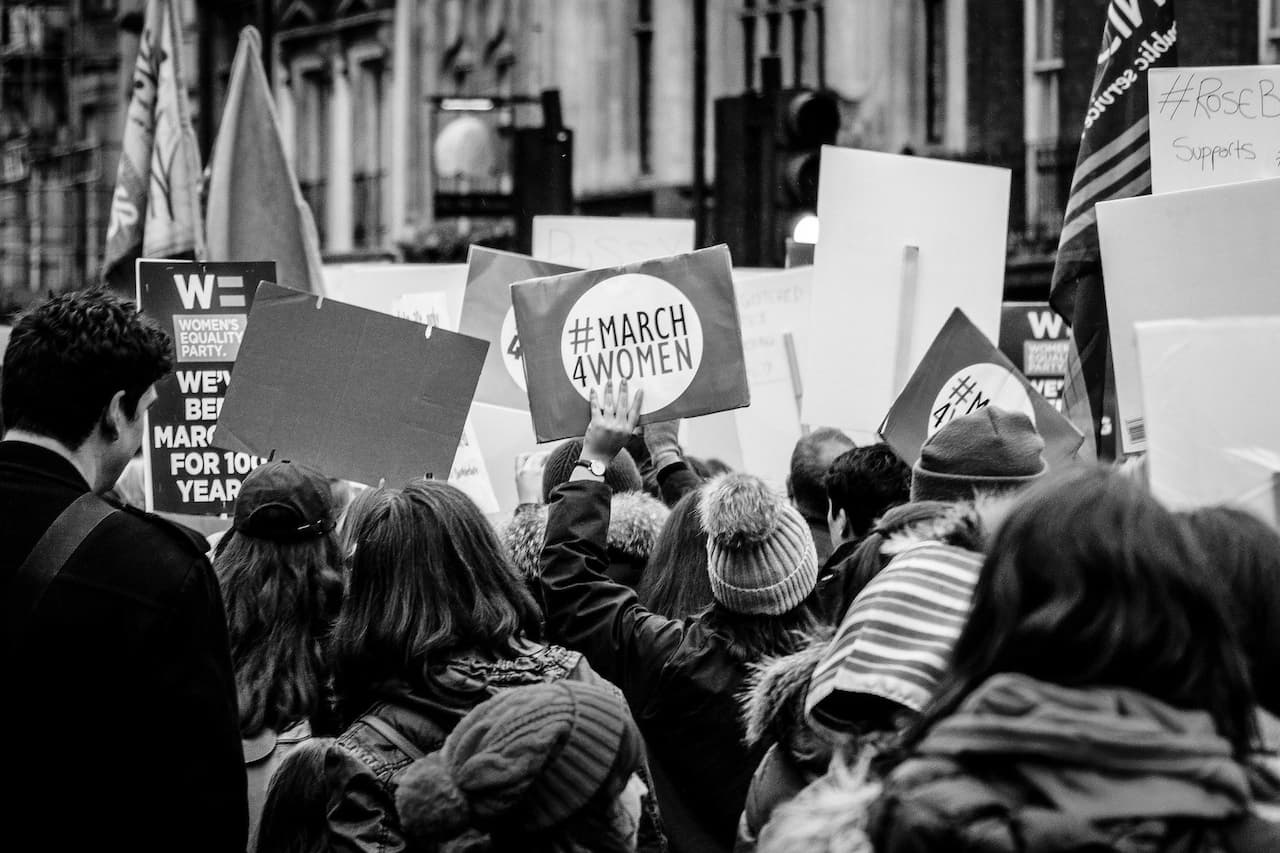The entertainment industry has been available exclusively for men for a long time. Here we are talking about a full-fledged entry into the industry, the opportunity to occupy leadership positions, have equal conditions for moving up the career ladder, and so on.
Undoubtedly, much has been achieved thanks to the struggle of women for their rights and the process of liberalization. For example, if we look at historical facts and the development of the entertainment industry, then in 1600, there was a ban on women participating in theater plays.
They could not participate in various performances because society considered such activity shameful and condemned. As a result, men took on the role of women as well. Nowadays, both genders can use their talents and skills to make a name for themselves and become famous.
However, in our time, there are still many stereotypes and prejudices associated with women in the development field. In order to completely get rid of these gaps, it is first necessary to understand how they manifest themselves and what they are associated with. You can find out more about this below.
Types of Inequalities and Stereotypes
Undoubtedly, art has come a rather long and thorny path during which women have faced restrictions and infringements associated with multiple socio-cultural, religious, and other stereotypes and prejudices. Many of them have already been finally overcome, but a few still exist. Ans you can learn more about them in the sections below.
Age perception
Another name for this problem is ageism. It is currently a widespread problem faced by the entertainment industry. The fact is that with age, female actresses often experience more pressure from management or colleagues. However, the reverse situation is also common when young women become victims of ageism, referring, for example, to a lack of experience.
According to statistics, this problem is one of the reasons for the shorter career period for women (usually around 11-15 years). If we look at actors over 40, a man is likelier to get a role in a film than a woman. Men are less likely to face this problem and more often receive offers for filming. This issue is repeatedly raised by various human rights organizations and is the subject of study and highlighting in the mass media.
Wage gap
In this case, we are talking about the salary difference between men and women. As statistics show, in many countries, there is a difference in wages between men and women. At the same time, a woman can have the necessary skills, abilities, and education as her male colleague.
In 2019, experts from the Payscale organization made a thorough and multi-layered study on this topic. As it turned out, the average woman earns only 79 cents for every dollar earned by men. This amount may seem insignificant, but on the scale of the whole industry, it is a huge amount of money. As a result, women put in more effort to be at least on the same level as their male counterparts.
Racial inequality
It is another problem that is acute in modern society. Even though people have come a long and difficult way from outright oppression of the black population and Jim Crow laws, for many, there are still obstacles that prevent (especially women) from holding certain positions. As proof for this phenomenon may be regular protests and various actions in society.
A study made by UCLA’s Chicano Studies department shows that women with a color code other than white are less likely to get roles in movies, TV series, or TV shows. Of course, the situation may differ depending on a certain film company, but in general, about 69% of roles are provided (or “reserved”) for white actors in the industry.
This problem also applies to wages. While men earn more than women, black women earn even less. Unfortunately, colorism and sexism still go hand in hand.

Lack of presentation
This issue is one of the main targets of many activists who fight for the rights of women, in particular in this industry. Now we can confidently say that the time had passed (fortunately) when women were not allowed to work in the entertainment industry.
However, if you check the main pool of actors represented in popular films, serials, and so on, they are mainly represented by male individuals. Even more interesting is the distribution and type of roles. For example, following gender stereotypes, women mostly get roles in love and theatrical films. Men, in turn, occupy most of the various action movies, sci-fi films, and so on.
As another striking example, you can look at the report made by the New York Film Academy. The experts studied the gender composition of various departments and obtained the following data:
- The visual effects department (one of the largest in most movies) employs about 17% of women.
- The situation in the sound department is even worse – no more than 16%.
- The leader of the “negative” rating was the operator’s profession and everything related to the electrician – no more than 5%.
And this is about Hollywood, where it would seem that inequality should not exist. So, despite the positive dynamics, society still has much to strive for.
Conclusions
Society has come a long way from when outright discrimination against women was eliminated. At present, they can occupy various positions in different industries, particularly in the sphere of entertainment.
However, it does not mean that the problem has been resolved completely. There has been an uneven distribution of salaries, prejudices about age, and so on. Currently, these problems are the main objects of the struggle of activists and various organizations for women’s rights.
Given the current trend, gender inequality issues can be overcome in the near future, and society will come to a real balance.
